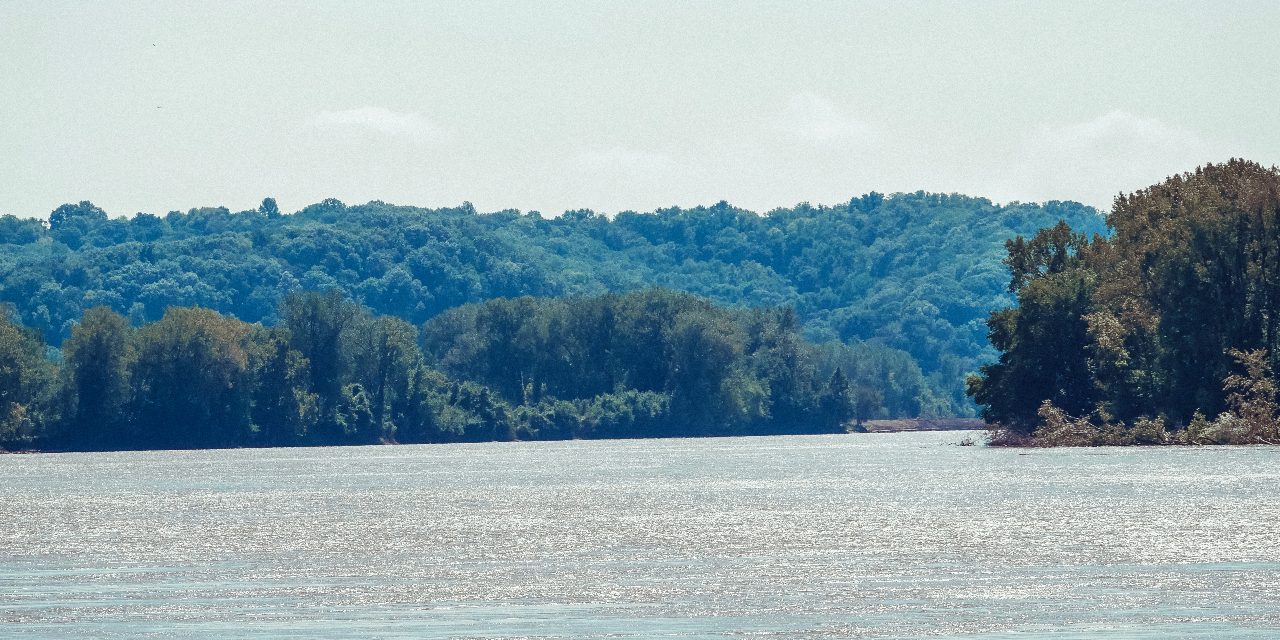Some things in life can be debated without much analysis, like “Missour-ee” or “Missour-uh.” Then there are others that have been settled: think MU versus KU (Go Tigers!).
Water quality regulations finalized by the Trump administration last year following rigorous analysis and public input were settled until—without standard analysis or public input—the Biden administration reignited the longstanding “waters of the United States” (WOTUS) debate.
The Environmental Protection Agency (EPA) and the U.S. Army Corps of Engineers (USACE) say they are “committed to learning from the past regulatory approaches—the pre-2015 regulations and guidance, the 2015 Clean Water Rule, and the 2020 Navigable Waters Protection Rule—while engaging with stakeholders and crafting a refined definition of WOTUS.” The most important lesson they can learn is that the 2020 Navigable Waters Protection Rule (NWPR) is a vast improvement from pre-2015 and an even greater improvement from the 2015 WOTUS rule.
The 2015 WOTUS rule marked the most significant expansion of federal jurisdiction under the Clean Water Act (CWA) ever seen. Farm Bureau’s analysis showed more than 99% of Missouri would have been subject to regulation by the EPA and USACE. That’s why thousands of farmers and ranchers called on the agencies to ditch the rule. Thumbing through pages of comments submitted through the years by Missouri and American Farm Bureau, our message has been consistent: we can and should have clean water and clear rules while staying within the scope of the law.
During MOFB’s recent Commodity Conference, former EPA officials Dave Ross and Anna Wildeman discussed the transparent, cooperative approach to water quality regulation taken during the Trump administration. On their watch, federal regulators hit the road and listened to farmers, ranchers and others impacted by CWA regulations. They heard repeatedly about the need for regulatory clarity and certainty.
After a lengthy public engagement and rulemaking process under the Trump administration, the EPA and USACE finalized the NWPR. The rule went a long way toward realigning the agencies’ approach to carrying out the CWA in a manner consistent with key U.S. Supreme Court decisions. It reflected and respected state primacy over land and water use. It provided clarity for landowners and regulators concerned about compliance.
After barely one year in force, the new administration claims “significant environmental degradation” is associated with the NWPR, necessitating reopening the rule. Despite several favorable rulings in other federal courts, a recent federal court ruling in Arizona has been interpreted by the agencies as a license to ignore the NWPR and revert to pre-2015 regulations. So much for certainty.
While we don’t know what a new rule will look like, we have a pretty good idea from where the agencies are starting. Here we go again.
Contact Eric Bohl, Director of Public Affairs and Advocacy, to schedule President Hawkins for an interview on this topic.


